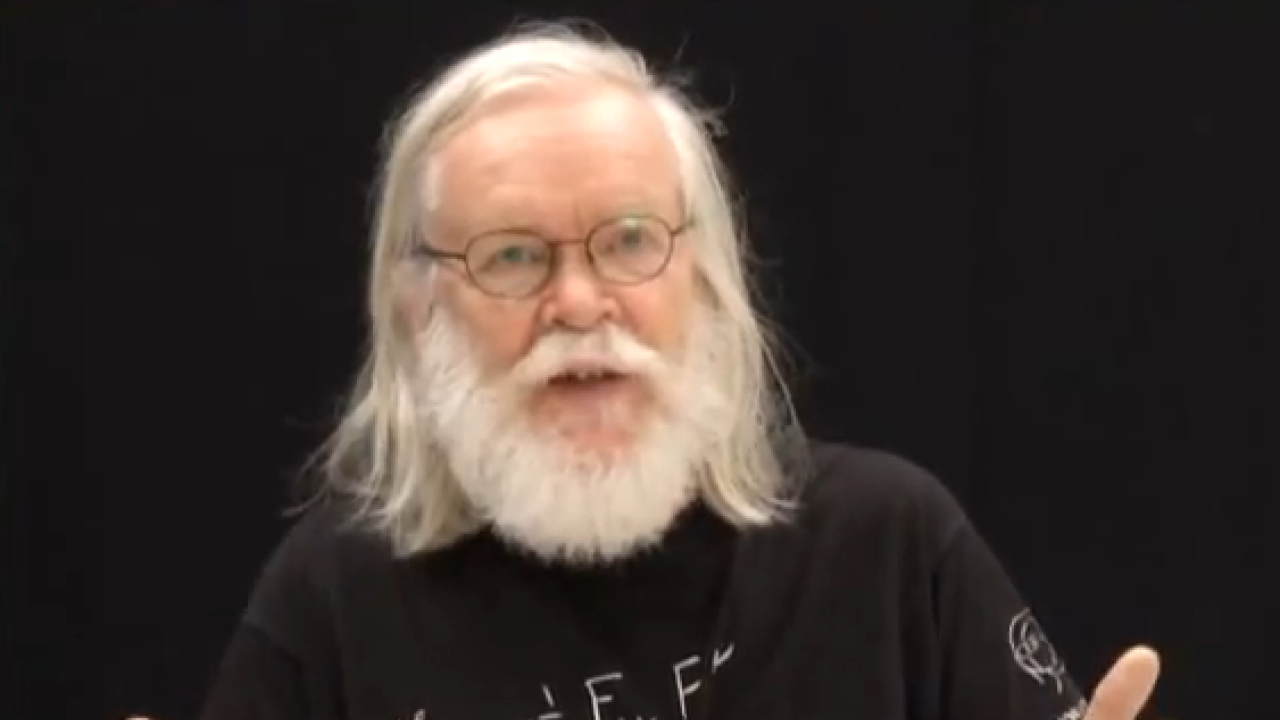
Proteins are generally considered as non-conductors, but a common kind of bacteria living in the ground beneath our feet and under the ocean floor, Geobacter sulfurreducens, is known to transport electrons over 100-times a bacterium’s size via protein nanowires. The mechanism enabling this long-range conduction has long been unclear. However, a paper recently published in Science advances, sheds light on this peculiar phenomenon.
Titled "300-fold conductivity increase in microbial cytochrome nanowires due to temperature-induced restructuring of hydrogen bonding networks", the paper is the result of a variety of experimental, theoretical and computational approaches from a multidisciplinary team of authors, including ICTP senior postdoctoral fellow Uriel N. Morzan.
Authors of the paper also include Nikhil Malvankar and Peter J. Dahl of Yale University, where Morzan held a post-doctoral position before moving to ICTP. "I am a physical chemist. Nikhil is a physicist, Peter is a biologist," says Morzan. "When I was doing my PhD in Argentina, I read about Malvankar's research and I was immediately fascinated."
Typically, proteins can conduct electricity for small scales, that is, in the order of nanometers, or a billionth of a meter. In Geobacter, observations show electron transport on distances in the range of micrometers, through protein nano-filaments that the bacteria need for respiration. Researchers found that nanowires move 10 billion electrons per second without any energy loss. These studies explain the remarkable capacity of these bacteria to send electrons over long distances.
The team also found that cooling the environment around the nanowires of Geobacter from room temperatureto freezing point increases conductivity 300 times. "This is very surprising because cooling typically freezes electrons and slows them down in organic materials," says Morzan. By combining experiments with theory, the researchers found that the colder temperatures restructure hydrogen bonds and flatten certain critical molecular building blocks within the nanowires, thus enhancing the flow of electricity.
Leveraging this naturally occurring electrical grid might one day lead to the development of living and self-repairing electrical circuits, new sources of electricity and novel strategies to eliminate pollutants. "This research is a step forward in understanding the microscopic origin of the unique electrical conductivity in bacterial nanowires," says Morzan, "and it could definitely have a broader impact. For example, by understanding how the system manages to conduct at these long ranges, we can think of ideas to synthesize new nanowires with specific properties that could be useful for several technological applications, such as micro circuits, micro sensors, or any system that involves very small charge transport processes."
--Marina Menga
















